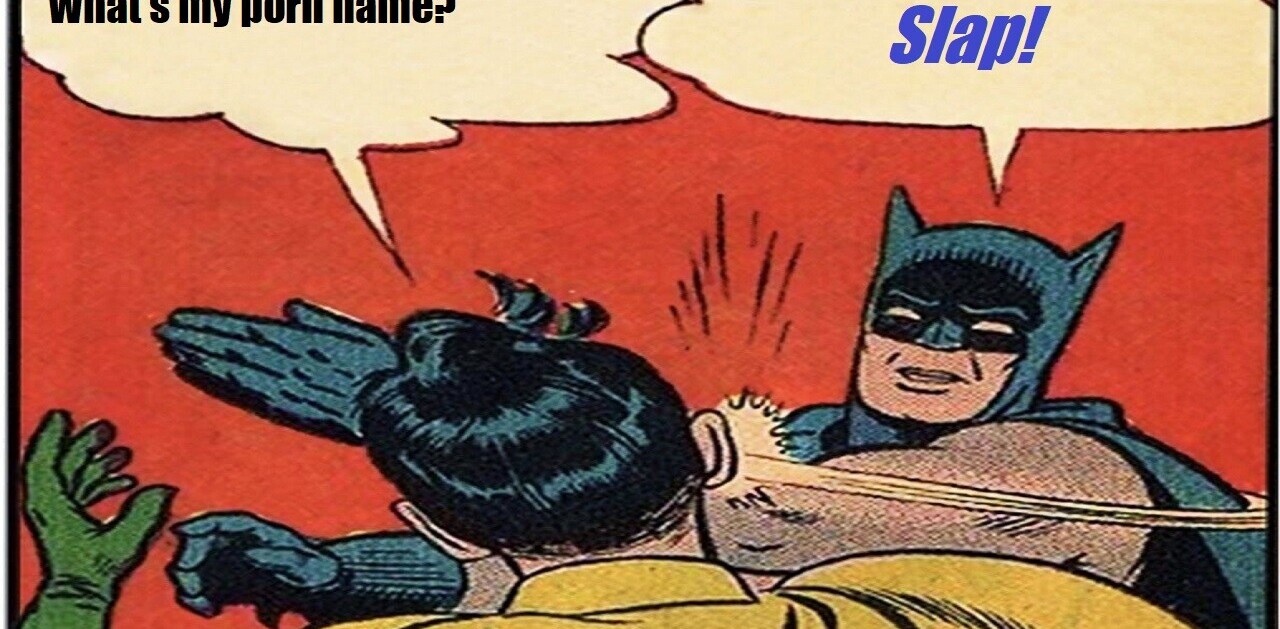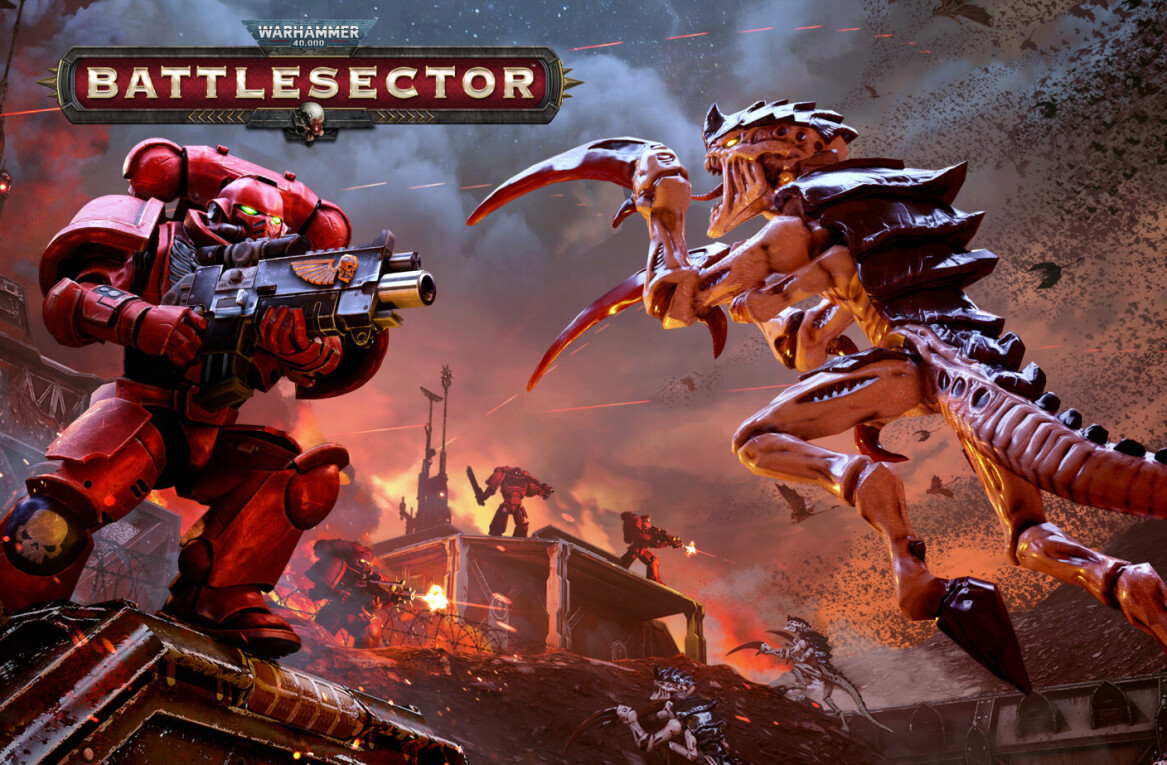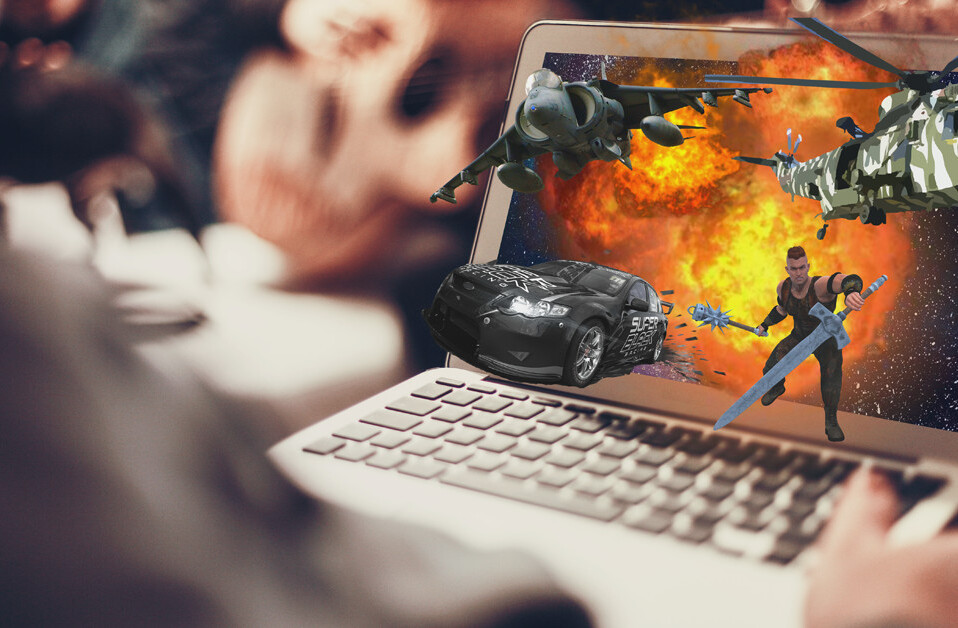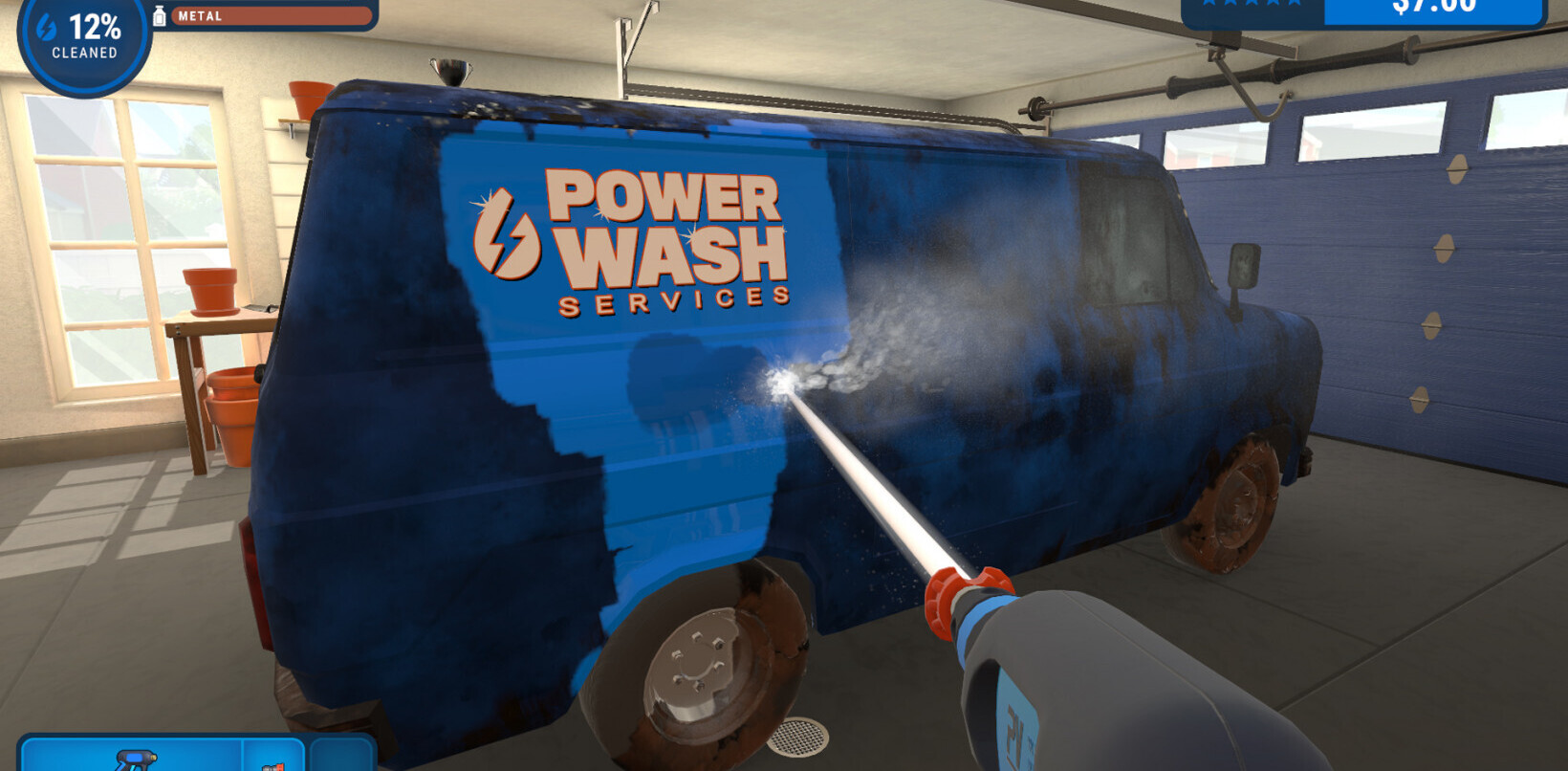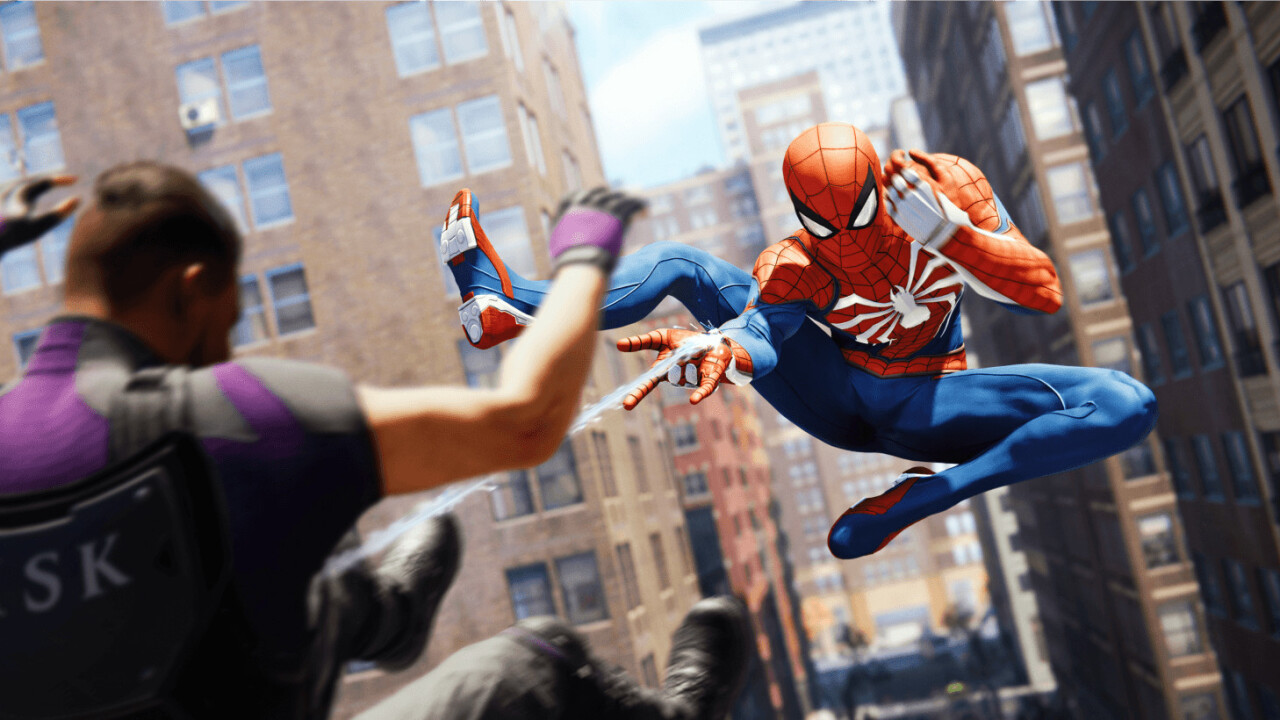
Freedom. When starting Marvel’s Spider-Man on the PS4 for the first time, few words are adequate in describing the initial experience. Freedom, though, is fitting.
This isn’t kitschy Americana, the sort of stars and stripes, hot dogs, and fireworks imagery the term often conjures. It’s freedom of movement, of focus, of expression. Running, swinging, fighting, and customization options are a libertarian take on open world action games that’s sure to please. Spider-Man isn’t overly deep, but it offers enough custom ways to play that, everyone is sure to find suits, gadgets, and skill upgrades that mesh with how they’d like to play the game.
It’s freedom, in this case, that Insomniac Games truly nailed.
Traversing a city of eight million is endlessly enjoyable, and an obvious place to start. Whether swinging from rooftops, scaling the side of a building, or parkouring your way through city streets, getting around New York City is a masterclass in movement. You can track most of the game’s most enjoyable elements to just this, movement. Fighting, for example, offers numerous potential combinations of ground, sliding, swinging, and airborne moves. It’s acrobatic, and pleasure to watch even when you aren’t playing the game.
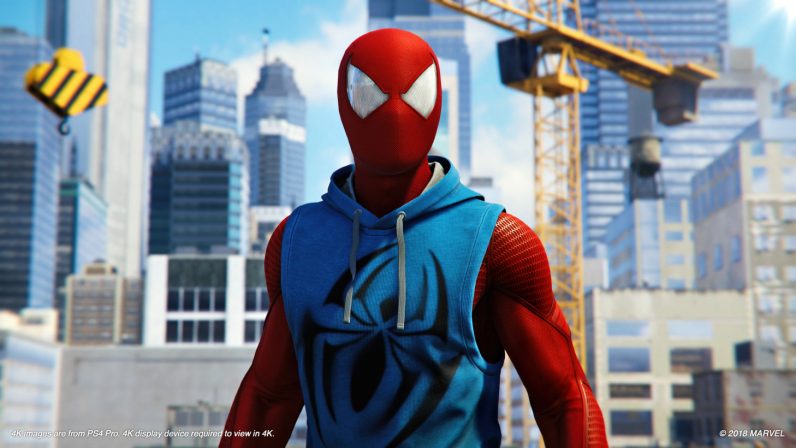
Insomniac never really paints you into a corner, allowing each player to dispense of evil-doers however they see fit. You can stealth your way through entire missions, picking off baddies one-by-one while sneaking through elevator shafts and hiding in the rafters. Or, you can brawl with dozens of enemies, experimenting with hundreds of potential move and finisher combinations. In 20-ish hours of play time, the fighting element never got old. It’s the freedom of movement, of combination types, of thinking on your feet and interacting with real world items like trash cans and manhole covers that keeps it feeling fresh as you advance through the story.
The story itself is enjoyable, cinematic even. The sound design and voice work bring a lot to the table, making Marvel’s Spider-Man feel less like a game, and more of an interactive sequel to previous titles. But it’s an open world game, so the story, at times, is almost secondary.
Advancing the plot line is all about leveling up through side missions and open world activities. Eventually, you’ll get to take on various members of a makeshift Sinister Six. To get there, you’ll have to put in some work completing various open world challenges. It’s here that you grind out your upgrades by earning tokens. It’s a grind, but leveling-up happens frequently enough to keep it from feeling like too much work.
Tokens are divided into categories — crime, landmarks, challenge, research, etc. — and different tokens are required for different types of upgrades, whether technology, new moves, or suits and upgrades. Customization options aren’t plentiful, but each brings something to the table in adding nuance.
Ultimately, though, the game is really just about leveling up through open world missions while cruising through the story line to get to memorable showdowns with villains like Shocker, Rhino, Silver Sable, Kingpin (Wilson Fisk) and various others I promised Sony I wouldn’t spoil.
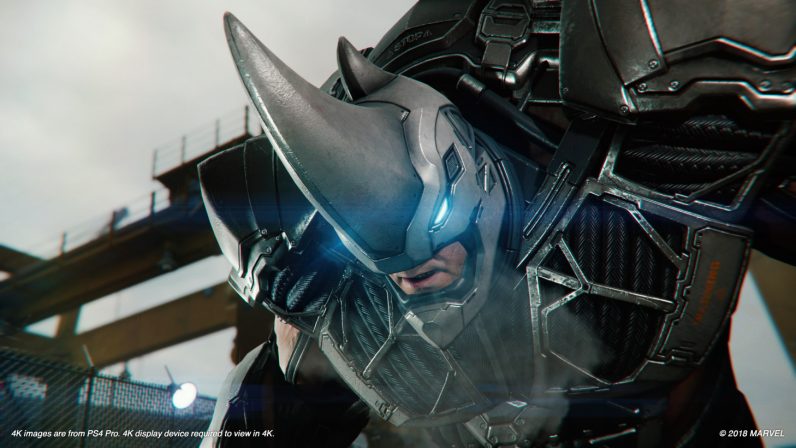
Unfortunately, it’s these open world activities that start to rub some of the shine off an otherwise stellar title.
They offer little motivation to explore and embark on new activities, a key part of any open world experience. It’s a necessary evil, but I can’t help but think the game would be better if they ceased to exist. Criminal activities, for example, offers the same few scenarios: a jewelry store heist, car chase, kidnapping, police standoff, and rescuing accident victims from an overturned vehicle. What starts off as fun quickly becomes monotonous, as each scenario must be completed numerous times.
To be clear, we’re not talking about a similar-type challenge; we’re talking about what amounts to the same challenge –complete with the same voice work, cut scenes, and moves required to complete the task — over, and over, and over, and over, and over, and over…
It’s an open world swing and a miss.
In aggregate, the repetition can be overlooked. It’s also less apparent later as you unlock new activities. There is enough variation between activity types to keep you playing, but each type of activity offers but a few scenarios that quickly get monotonous. Flawed as they are though, crime missions still offer an opportunity to fight. And fighting is easily the most fun you’ll have playing the game.
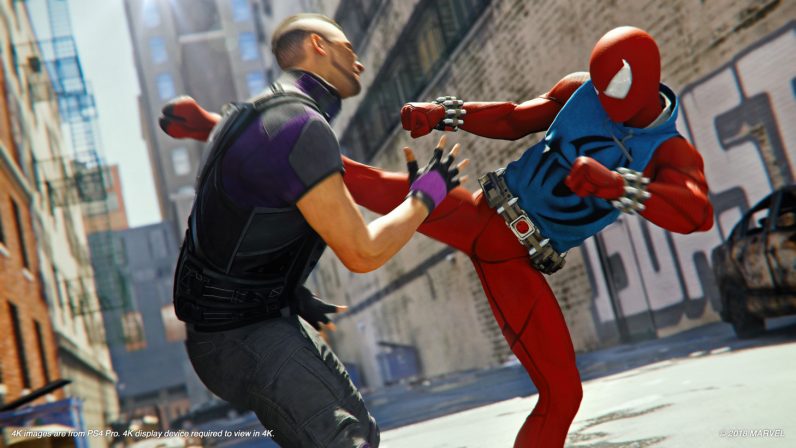
The biggest fights come from base missions, one of the few open world elements that doesn’t suck. Here you try to dispense of your enemies in a singular area, like a construction site, or a warehouse. You’re, again, awarded tokens for the effort that help level-up your character. But base missions offer more opportunities for creativity. It’s here that you get to decide and execute on a plan of attack, battling waves of enemies at once.
When fighting huge waves of goons, the frame rate stays relatively constant and I didn’t notice any lost frames, tearing, or glitchy behavior. Occasionally the camera angle would get a little wonky, making it difficult to see what I needed to, but the complaints pretty much stop there.
Graphically, the game is stunning. It makes full use of the PS4 Pro’s increased resolution and HDR capabilities, offering up stunning lighting in a variety of conditions.
As for the Puddlegate conspiracy making news recently, if there’s a graphical downgrade, I certainly didn’t notice. The draw distance is stellar, lighting effects were accurate, and reflections, shadows, and in-game environments looked as good as I’ve seen of anything on the PlayStation 4.
Final Thoughts
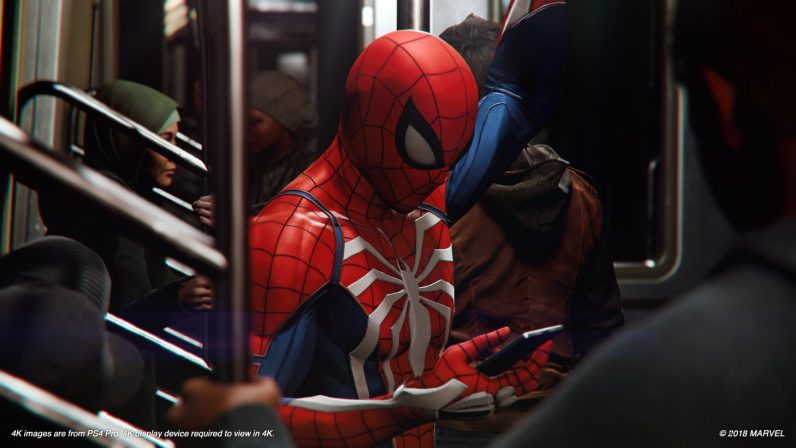
The game is sound, if not spectacular at times. I had a great time zipping around the city as my favorite superhero.
And while the story mode is good, better than good, even; it’s the repetitive side quests and open world elements that could cause some players to put down the controller. It’ll be short lived, though. Annoying as it may be at times, it’s simply too much fun to play. Each time I shrugged off the game’s annoyingly repetitive quests, I quickly returned after remember what a good time it was to drop-kick villains, and swing around the city.
Plus, it’s an issue that could be fixed over time, much in the same way Grand Theft Auto V’s Online Mode improved with added content and new mission types. These missions are already on their way, according to Sony, by way of downloadable content. Marvel’s Spider-Man: The City That Never Sleeps DLC is on its way, with the first chapter, The Heist, coming October 23. November will see the Turf Wars expansion, and then December will bring Silver Lining. Each will set you back about $10 — or you can buy the bundle for $25.
Overall, there’s a lot to like about Marvel’s Spider-Man. For one, it’s undeniably an improvement over its predecessor. And while it’s far from perfect and probably not a Game of the Year contender (thanks, God of War), it’s easy to overlook its flaws if you’re a fan of the series. For everyone else, it’ll just depend on your tolerance for the mundane and how likely you are to be able to overlook it.
Would I buy it? Unquestionably.
Spider-Cop, out.
Get the TNW newsletter
Get the most important tech news in your inbox each week.
